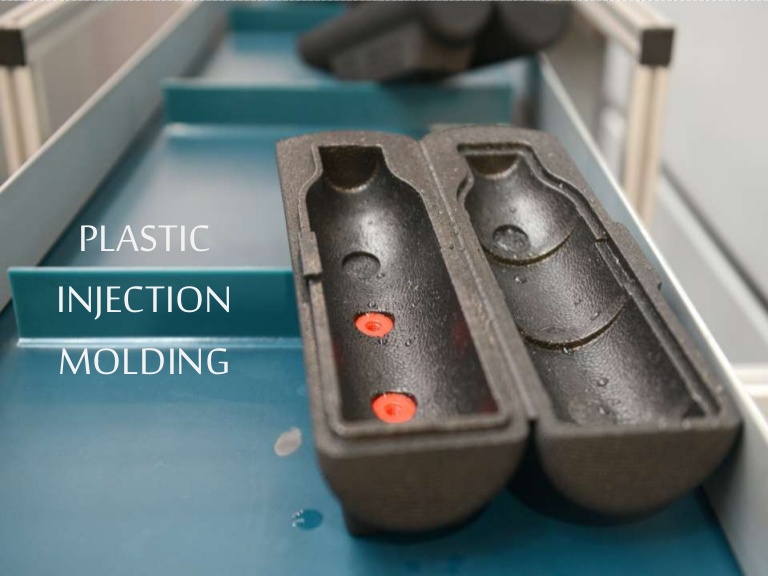

Application: Used for injection molding optical and technical items. The special properties of PLEXIGLAS® 6N are: AMECA listing. Description: PLEXIGLAS® 8N is a molding compound based on polymethyl methacrylate (PMMA). Int J Clin Pediatr Dent 2015 8(2):108-113. Röhm Plexiglas® 8N PMMA Molding Compound. Explore the endless possibilities with the unique product for. Evaluation of Microleakage and Marginal Ridge Fracture Resistance of Primary Molars Restored with Three Restorative Materials: A Comparative in vitro Study. The Flexi-Glass system allows you to make sheets of glass that you can cut with scissors.
#Flexiglass molding how to#
How to cite this article: Yeolekar TS, Chowdhary NR, Mukunda KS, Kiran NK. Marginal ridge fracture resistance of packable composite was comparable to the intact side. Packable composite resisted fracture of marginal ridge better than other composite resins. It was concluded that low shrink silorane based composite resin showed the least amount of microleakage, whereas compomer showed the highest microleakage. Fracture resistance was tested with universal testing machine. Followed by evaluation and grading under stereomicroscope at 10* magnification. For microleakage testing, dye penetration method was used with 1% methylene blue dye.

Half of the teeth were used for microleakage and the rest for marginal ridge fracture resistance. Group II: packable composite (Filtek P60) and Group III: compomer (Compoglass F).

Groups were as follows group I: low shrink composite resin (Filtek P90). Class II cavities were prepared and the teeth were divided into three groups of twenty each. Sixty human primary molars were selected. The present study was conducted to evaluate and compare the ability of low shrink silorane based material, a packable composite and a compomer to resist microleakage in class II restorations on primary molars and evaluate marginal ridge fracture resistance of these materials. Polymerization shrinkage results in volumetric contraction, leading to deformation of the cusps, microleakage, decrease of marginal adaptation, enamel micro-cracks and postoperative sensitivity.Ī new class of ring opening resin composite based on silorane chemistry has been introduced with claims of less than 1% shrinkage during polymerization. Composite restorations are popular because of their superior esthetics and acceptable clinical performance.


 0 kommentar(er)
0 kommentar(er)
